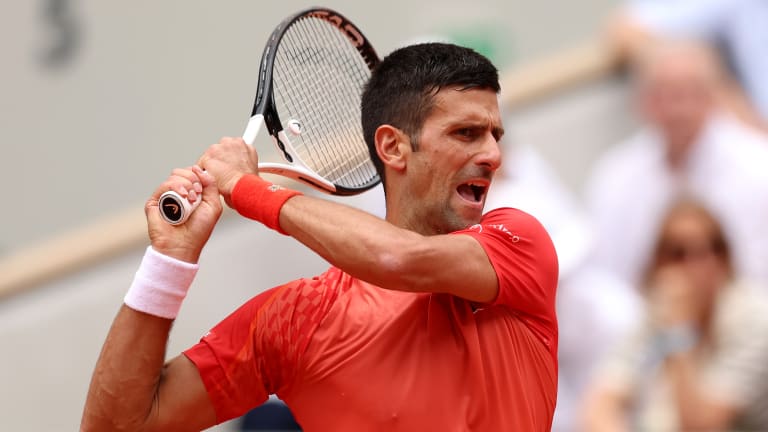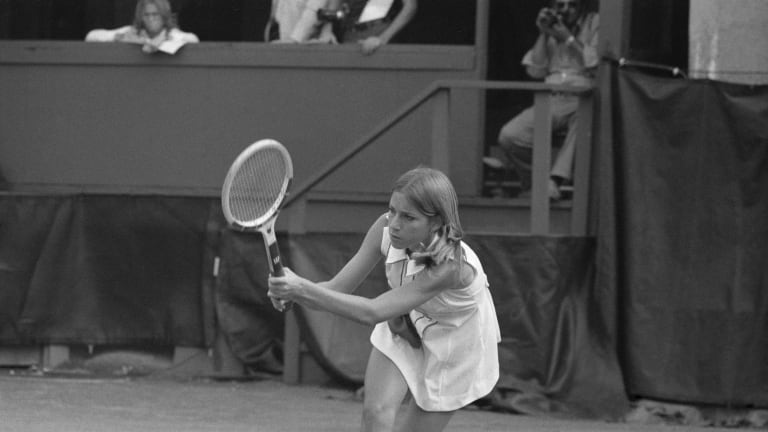Beauty and the Beast: One-handed versus two-handed backhands
By Jun 14, 2023ATP Monte Carlo, Monaco
Monte Carlo takeaways: Alcaraz wins by playing for himself, one-handed backhands hold firm
By Apr 14, 2025Stat of the Day
Alejandro Tabilo now 2-0 against Novak Djokovic after Monte Carlo upset, joins rare company
By Apr 09, 2025ATP Monte Carlo, Monaco
Novak Djokovic apologizes for his “worst day” after Monte Carlo defeat, shifts focus to Roland Garros
By Apr 09, 2025ATP Monte Carlo, Monaco
Novak Djokovic vs. Alejandro Tabilo: Where to Watch, Monte Carlo Preview
By Apr 08, 2025ATP Monte Carlo, Monaco
Carlos Alcaraz, tennis’ happy warrior, brings a unique approach to Monte Carlo and clay
By Apr 08, 2025ATP Monte Carlo, Monaco
Novak Djokovic can avenge 2024 loss to Alejandro Tabilo at Monte Carlo Masters
By Apr 07, 2025Game, Set, Bet
Game, Set, Bet, presented by BetMGM: Will Carlos Alcaraz win Monte Carlo?
By Apr 06, 2025Social
Carlos Alcaraz and Novak Djokovic practice together at Monte Carlo Masters
By Apr 06, 2025The Business of Tennis
Top ATP, WTA players pen letter to Grand Slams seeking greater share of revenue
By Apr 04, 2025Beauty and the Beast: One-handed versus two-handed backhands
A shift in the past 15 years has, arguably, transformed the two-hander into the most important live stroke in tennis.
Published Jun 14, 2023
Advertising
Advertising

Textbook, exceptional, you name it: Djokovic's backhand is as good as they come.
© Getty Images
Advertising
Advertising

A 16-year-old Evert made the 1971 US Open semifinals in her major debut.
© Bettmann Archive
Advertising
Advertising

His mean backhand helped Connors lift a men's record 109 tour-level trophies.
© Corbis/VCG via Getty Images
